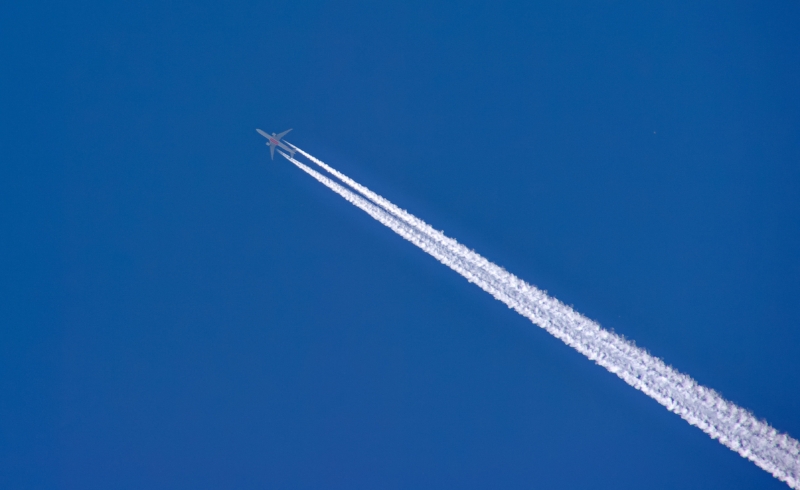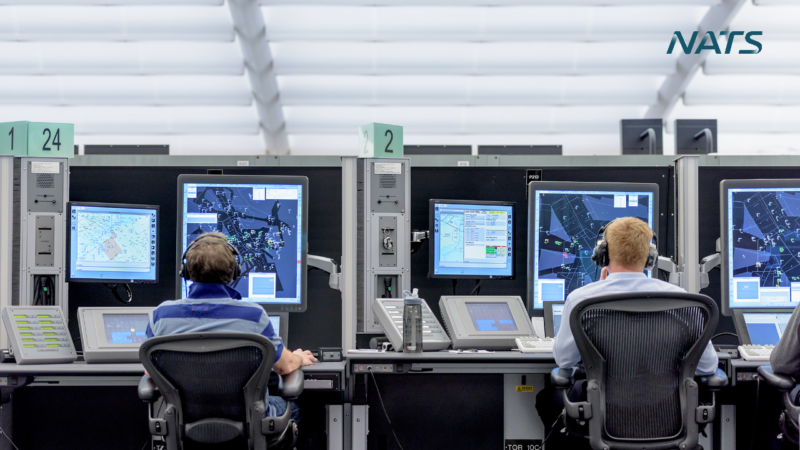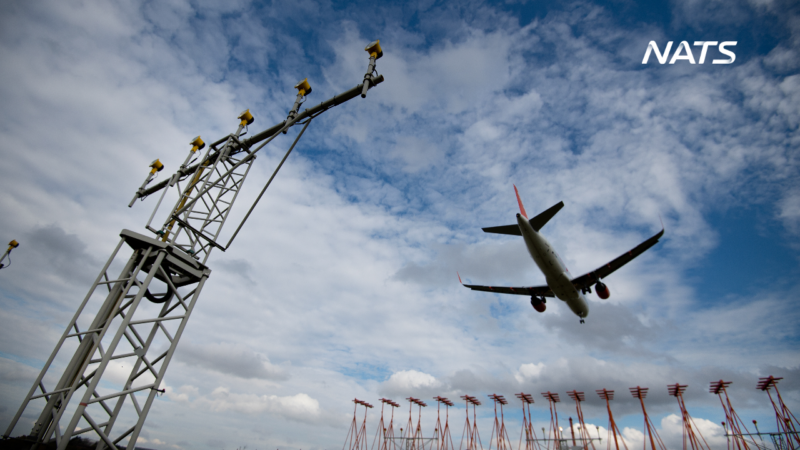Tackling the non-CO2 cloud on the horizon
13 May 2022The aviation industry is focused on meeting the Government’s target to achieve Jet Zero by 2050, but there are also important non-CO2 contributors to climate change. Recent research has suggested that aircraft-generated condensation trails (contrails) and the cirrus cloud they create, cause a climate impact almost double that of direct CO2 emissions from aircraft engines alone.
This research highlights a major opportunity for the industry to significantly reduce its climate change impact in the short term. Our R&D and Sustainable Operations teams at NATS have been working for the past two years with Imperial College London and the German Aerospace Centre (DLR) to investigate the link between where aircraft fly and contrail formation in the airspace we manage. We’ve worked on a further study which provisionally shows that 12% of flights are responsible for 80% of the annual climate change from contrails in the North Atlantic between 2016-2022.
Alongside this, we’ve been supporting green-aerospace company SATAVIA, who provide atmospheric modelling that optimises flight plans for contrail prevention, and airlines including KLM and Etihad to test the science.
Our role has been to provide air traffic control expertise during the flight planning phase, helping to adapt the flight plan as contrail forecasts change and making our controllers aware of the flight so that it can achieve its requested flight plan – which isn’t always the case as our airspace gets busier and changing traffic patterns. Last week, we facilitated a KLM flight from Amsterdam to Edmonton, which passed through Scottish airspace, with minor modifications to the flight plan to avoid contrail-forming areas.
Building on the research and the experience of live trials with SATAVIA, we hope to get a better understanding of what contrail formation means for our controllers and operation over the North Atlantic and how we could implement avoidance strategies without increasing fuel consumption, and CO2 emissions. Our next step is to work with research partners to establish the requirements needed for a potential future contrail avoidance demonstration in oceanic airspace.
We hope that by predicting where persistent contrails are going to form over the Atlantic and using Oceanic flight data, we will be able to avoid these areas, either by airlines flight planning around them or by managing air traffic flows tactically to minimise contrail formation and help reduce the industry’s impact on climate change.
This is all part of our commitment to reducing the industry’s climate impact. Knowledge sharing and research collaborations with universities and industry partners are fundamental to achieving that.
Comments
Please respect our commenting policy and guidelines when posting on this website.



